The 80/10/10 diet was developed by Dr. Douglas Graham, a renowned raw food athlete. It is also known as a low fat raw vegan diet.
It has gained popularity in the last decade, and consists of consuming raw, low-fat foods . Eating these foods promises weight loss, better health, and disease prevention.
Some people who follow it comment on the great physical changes they have experienced, while other people, and particularly critics, claim that the diet is unsustainable.
Are you thinking about following this diet to lose weight or be healthier and still have doubts about its effectiveness? Know the most important aspects that you cannot miss about the safety of the 80/10/10 diet.
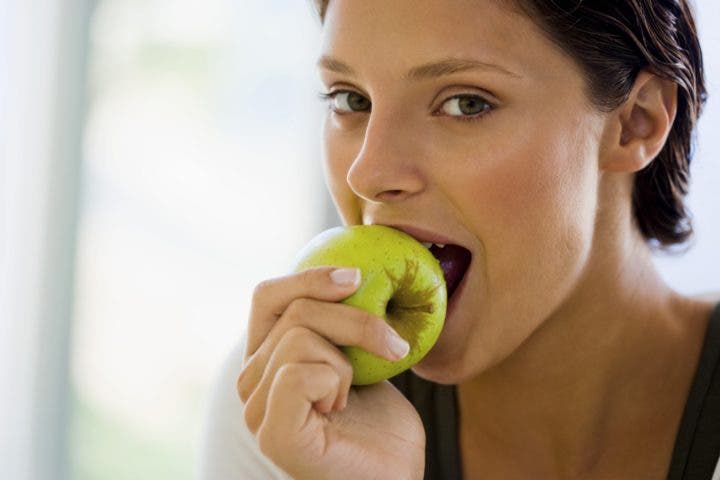
80/10/10 Diet Guide
1. What is the 80/10/10 diet?
The diet is based on the idea that to achieve an optimal diet you must provide your body with at least 80% of calories from carbohydrates , with no more than 10% of calories from protein and 10% from fat.
Unlike many popular diets, the 80/10/10 has no time limit. Instead, it is promoted as a long-term solution to increase longevity and reduce obesity and disease.
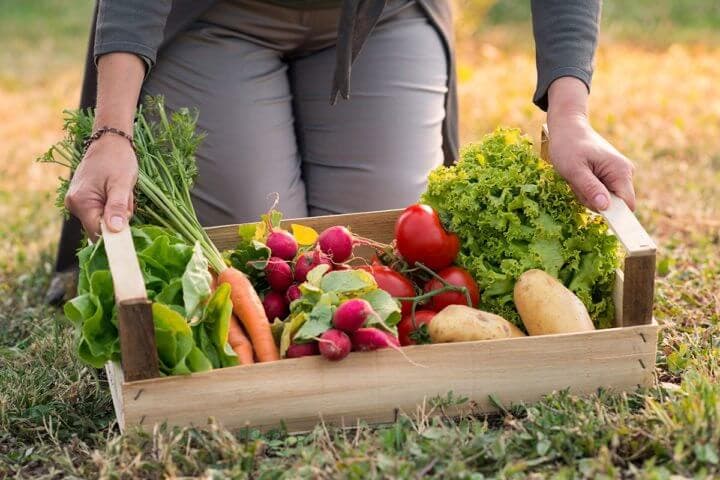
2. Why should you choose the 80/10/10 diet?
This diet considers that humans are not naturally omnivores , but rather frugivores , which is why they prefer to eat fruit. It also says that your digestive system is physiologically designed to digest fruits and vegetables and that, although people can tolerate other types of foods, they are generally not optimal for the body.
In this sense, a diet based on fresh vegetables and fruits would provide around 80% of calories from carbohydrates and no more than 20% of calories from protein and fat.
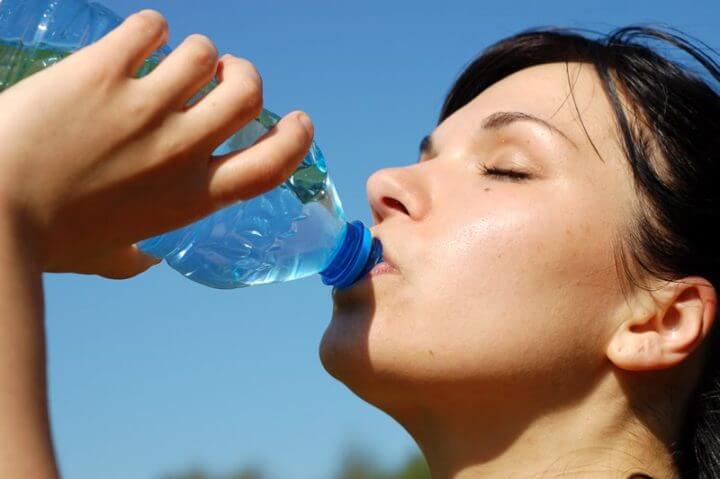
3. What foods are the most common in the 80/10/10 diet?
The rules around the 80/10/10 diet are relatively simple. Some foods that this diet could contain are the following:
3.1 Non-sweet fruits
- Tomatoes.
- Cucumbers
- Peppers.
- Eggplants.
- Zucchini.
- Celery.
3.2 Sweet fruits
- Apples
- Bananas
- Mangoes
- Berries
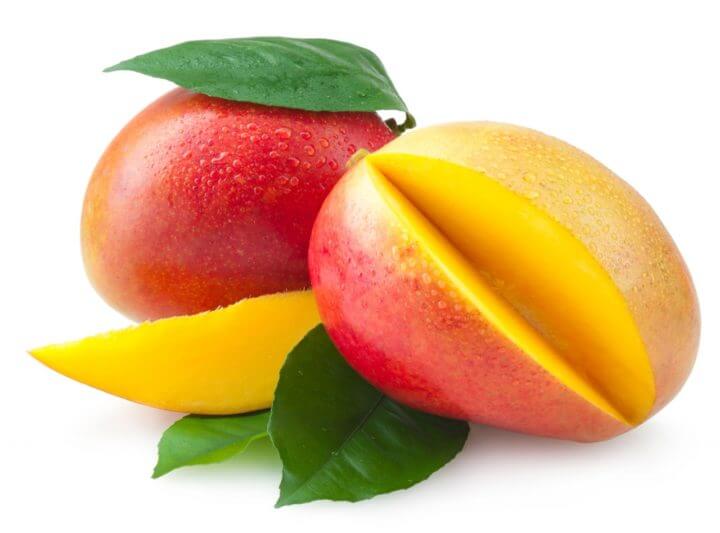
3.3 Green leafy vegetables
- Lettuce.
- Spinach.
- Broccoli.
- Other leafy greens.
3.4 Nuts and fatty fruits
Remember to limit your intake to 10% of total calories.
- Avocados
- Durian fruit.
- Olives
- Nuts and seeds.
To achieve the 80/10/10 diet ratio , it is recommended that 90-97% of calories come from sweet and non-sweet fruits, 2-6% from green leafy vegetables and 0-8% from fatty fruits included the seeds and nuts.
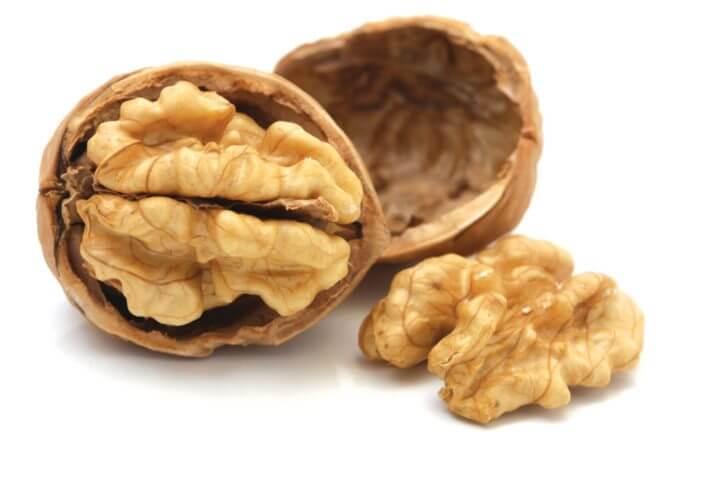
4. What foods should you avoid on the 80/10/10 diet?
Those who follow this diet are destined to avoid cooked, high fat and high protein foods. Therefore, you should avoid foods such as the following:
- Meat and seafood, including red meat, chicken, and fish.
- Eggs, including all poultry and products that contain them.
- Dairy products, including milk, cheese, yogurt, and ice cream.
- Processed fats such as butter, margarine, vegetable and nut oil.
- Cooked, dehydrated and processed foods – This removes most of the grains.
- Certain drinks such as alcohol, coffee, tea, soft drinks and energy drinks. Instead, opt for fruit and vegetable smoothies or water.
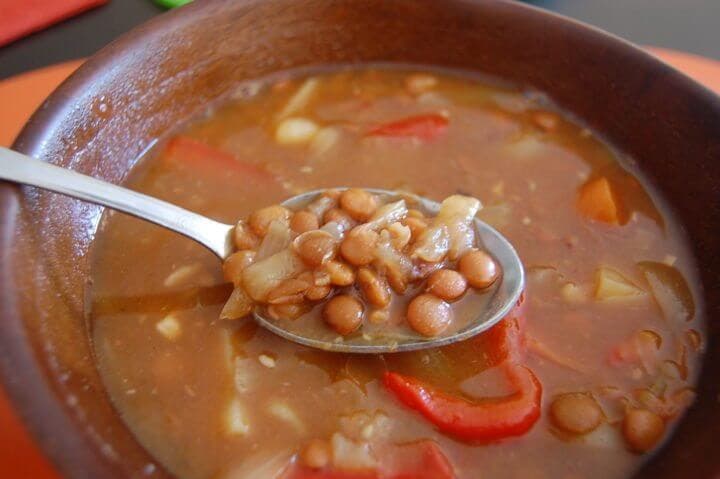
5. What are the benefits of the 80/10/10 diet?
This diet provides a wide variety of health benefits. However, only a few are supported by science.
For starters, the high carbohydrate content helps prevent eating disorders and keeps cravings for unhealthy foods at bay. Its low protein and fat content are also said to offer the following benefits:
- Protection against cancer.
- Prevention of type II diabetes.
- Helps against weak bones and heart disease.
- Weightloss.
- Better sleep.
- Healthier skin.
- Mental clarity.
The 80/10/10 diet also recommends avoiding cooked foods to prevent chronic fatigue, hypothyroidism, and arthritis.
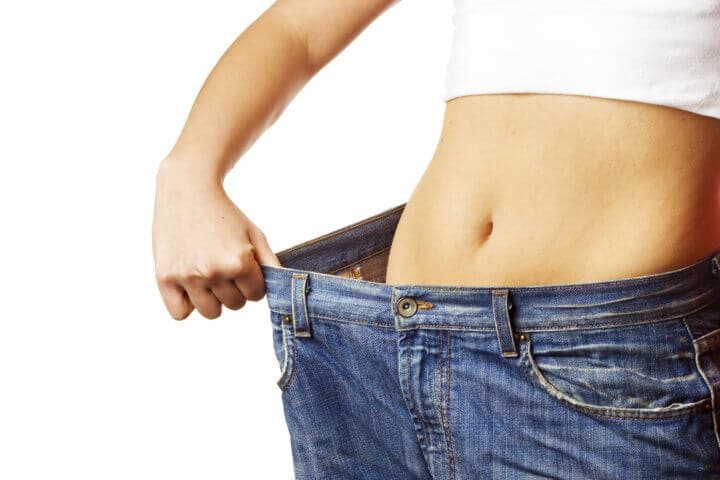
6. What are the drawbacks of the 80/10/10 diet?
The 80/10/10 diet has several potential downsides:
6.1 Too high consumption of carbohydrates
For example, let’s say your body requires an average of 2,000 calories per day. So you would have to eat around 3 kilograms (kg) of fruit, 2 kg of vegetables, and two tablespoons of nuts a day to meet your needs. And this volume of food is very large for what people are used to.

6.2 Limited protein and fat intake
This diet suggests limiting protein and fat intake to 10% for each group of total calories. For example, there is little evidence that consuming less than 10% of calories from fat is more beneficial than a 15-20% fat diet.
Additionally, there are several benefits to consuming more of the protein that the body requires. For example, adding a little more protein can protect against hunger, reduce anxiety, and promote bone health. A little extra protein can also help preserve muscle mass, especially during a weight loss period.
For its part, dietary fats help the body absorb soluble vitamins and are required to maintain healthier skin, hair and brain. Therefore, a very severe restriction can become dangerous.

6.3 Provides insufficient vitamin B12
Another big criticism of the diet is that it can limit your intake of certain nutrients, including vitamin B12. Vitamin B12 plays a very important role in protein metabolism and central nervous system health.
Several studies show that while anyone can have low levels of vitamin B12 , vegetarians and vegans; especially those who do not take any supplements are at a higher risk of deficiency.
6.4 Provides insufficient iodine
This diet recommends avoiding salt, and this involves iodized salt and seaweed, two good sources of iodine.
Iodine is crucial for the proper functioning of the thyroid gland, necessary to control metabolism. Therefore, insufficient intake can cause lower energy levels and drier skin.
Therefore, avoiding these two sources of iodine can put followers of the 80/10/10 diet at greater risk of deficiency.

Conclution
Research establishes that increased consumption of fruits and vegetables, as part of a balanced diet, helps reduce the risk of stroke, high blood pressure, lowers blood sugar levels, dementia, and certain types of cancer.
However, although there is scientific evidence to support some aspects of the 80/10/10 diet, it should be noted that other benefits associated with it cannot be scientifically supported.
Reference
- Petre, A. The 80/10/10 Diet: Healthy Diet or Dangerous Fad? For Authority Nutrition [Revised June 2017]
